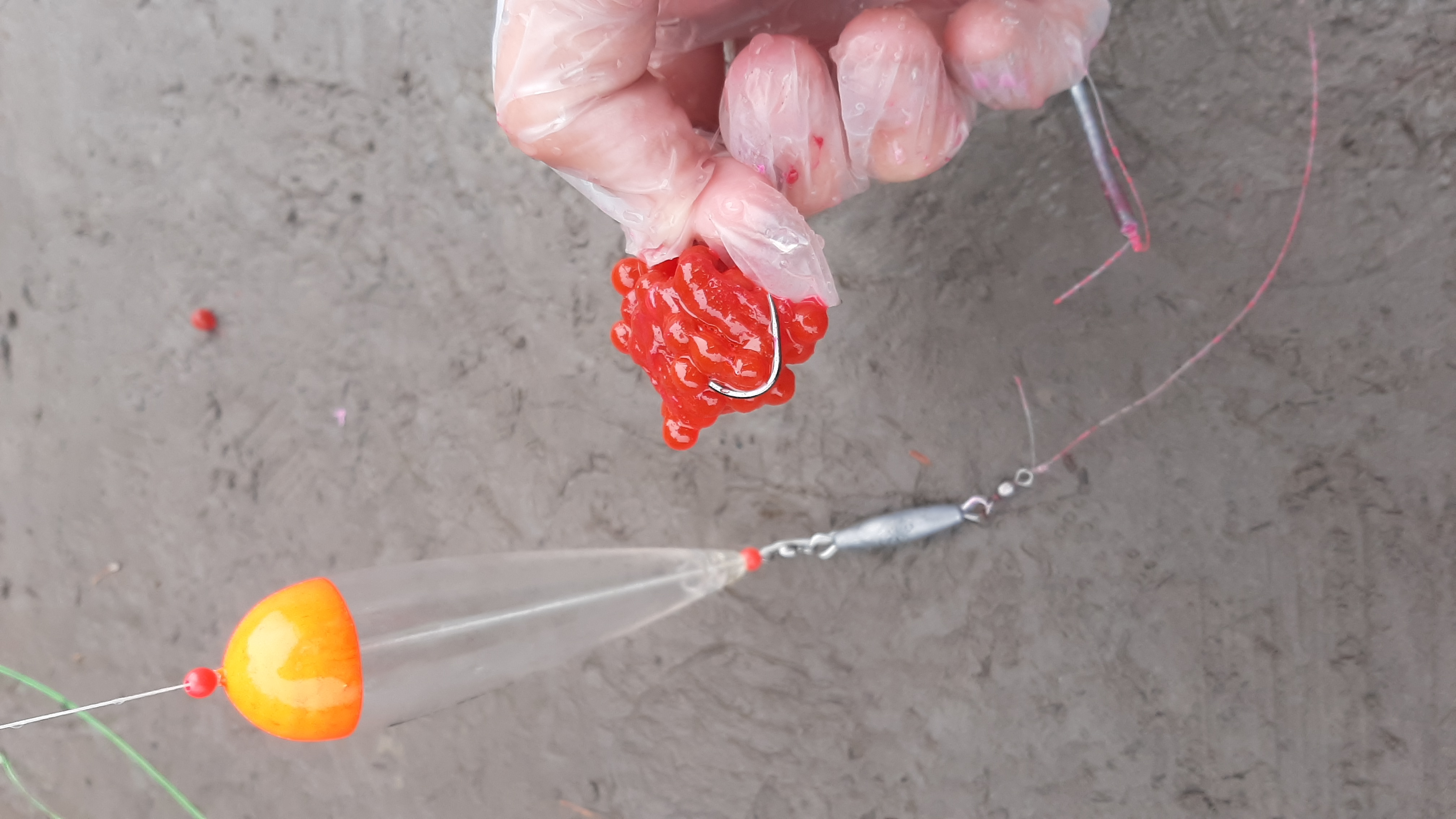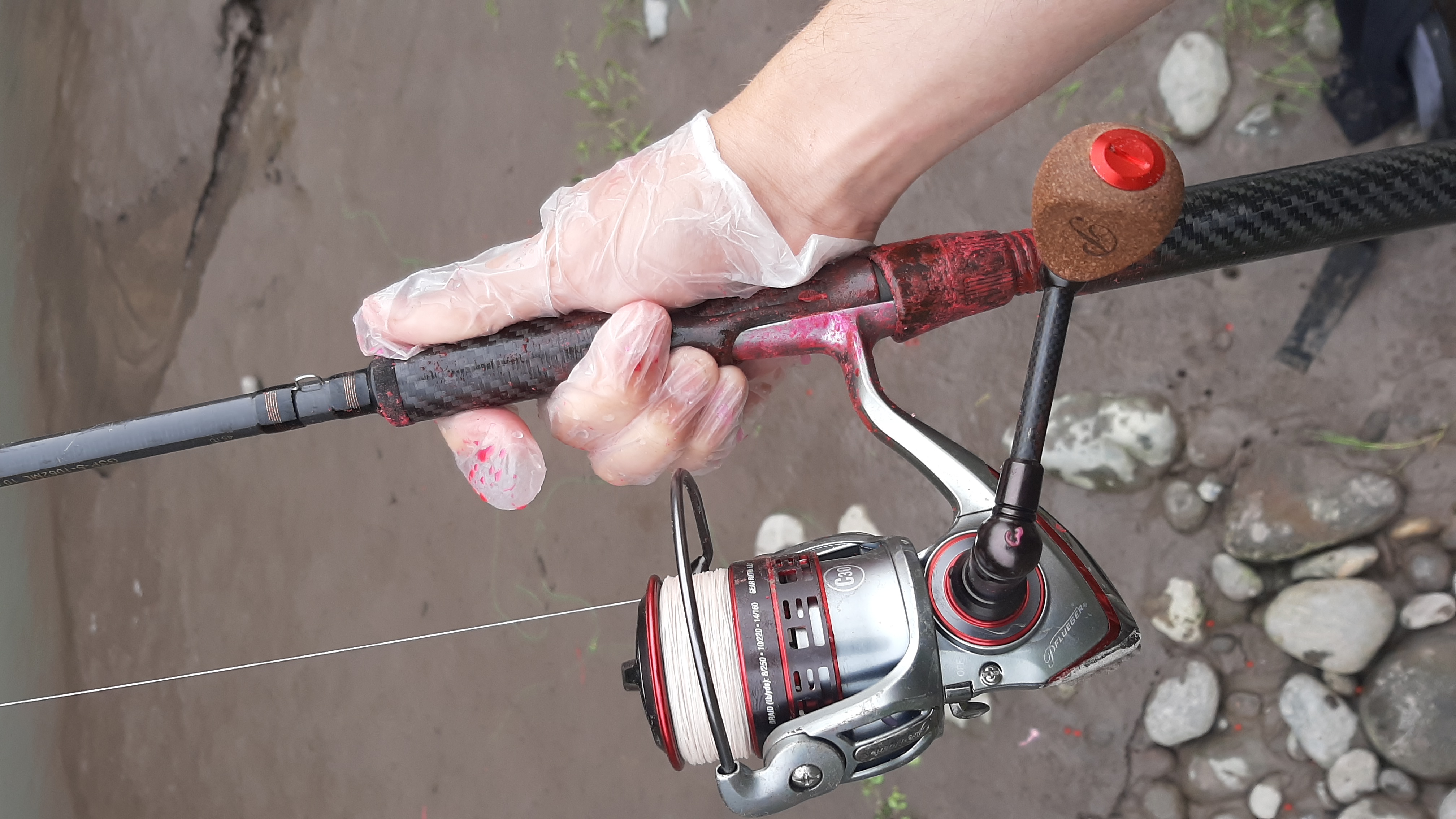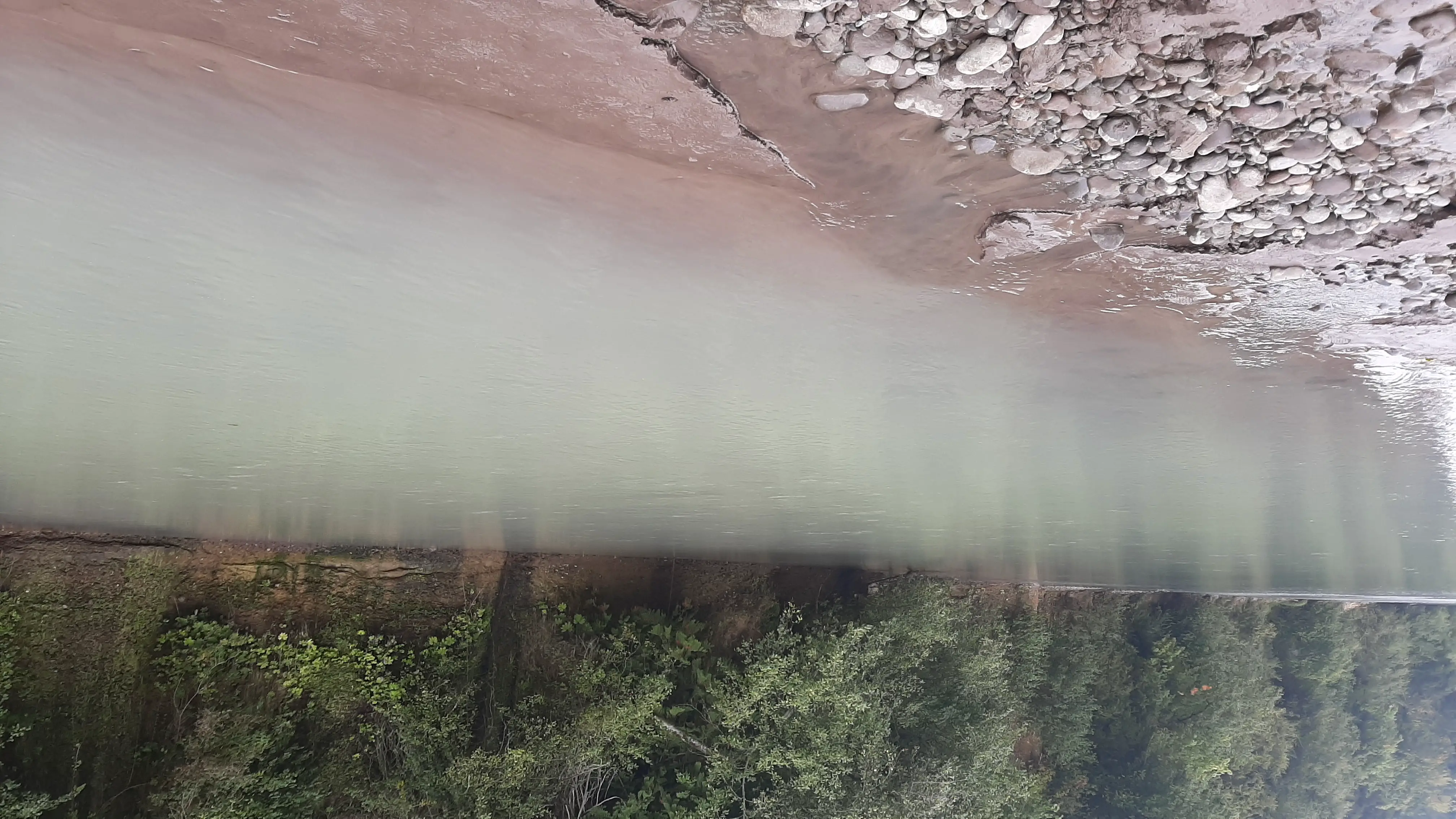Search
Latest Articles
Bobber Down: Part 2
by Hannah Pennebaker , October 10, 2020
To begin with, presenting your eggs and casting correctly is very important for float fishing. Cut your egg skeins into dime to quarter sized pieces. In murky water, larger eggs are the ticket, but in clear water like the Humptulips I'd suggest smaller presentations. The first thing you'll learn is that eggs are messy! I recommend wearing 1 or 2 latex gloves to keep your hands clean. Eggs can and will stain your rod, clothes, and tackle. To begin fishing, be sure to hook the eggs once through the skein, then pull out your egg loop and wrap the cluster once or twice securely. Don't pull too hard or you'll slice the eggs. There are many videos online on how to tie the egg loop knot. It's very necessary to make sure your eggs stay on the hook and don't fall off in the water. Gently cast upstream at a 45 degree angle and follow your bobber with your rod tip as it floats downstream. Don't cast too hard or your eggs might fall off and you're back to square one. You can open your bail and pay out line to continue your drift if you have space downstream. Replace your eggs when all you have left is the white "snot" left. Depending on how hard or soft your eggs are, they might last 3 to 8 casts. It's a good idea to bring several colors and scents to key into what the fish want that day. Sometimes they want orange, other days they want more of a natural color. What catches fish on one river may not work on another. You've got to put your time in and keep at it.
Now that you've cast your eggs out, you may notice your main line dragging in the water and tilting your bobber. This is where the length of your rod comes into play. As your float moves downriver, your main line will either float above it or below it depending on the speed of the water. This adversely affects the presentation of your eggs. You want your leader to and eggs to be straight up and down for a natural look to the fish. If your main line is dragging your presentation up or down river, this angles your setup and changes the speed, resulting in fewer strikes. To combat this, you'll want to lift your line off the water and move it back upstream it so it moves at the same speed of your float. This is called mending. Longer poles mean you can pick up more line off the water and mend much easier. You'll usually mend your line 1 to 3 times throughout your drift, depending on the speed of the current.
In addition to learning how to mend your line, ensuring your eggs are at the correct depth is important for proper float fishing. If you don't know how deep the hole is, start with your bobber stopper long, then watch your bobber. If it points upriver, that means you're dragging on the bottom. Adjust your stopper about 6 to 12 inches shorter and you're in the strike zone! It's just a matter of time until you experience that coveted bobber down. Don't take your eyes off that bobber. Coho have an uncanny talent of striking when you're distracted.
So you've got a bobber down, how do you know when do you set the hook? It can depend day by day. Some days the fish are simply gumming your eggs, other days they are attacking and swallowing them. Pay attention to the feel. Always reel up your slack until you feel the fish, resist temptation to immediately set back on a bobber down. If it feels like the fish devoured the eggs and is swimming off with them, set the hook. If it feels like a gentle tap tap, wait a moment to let the fish eat the eggs before setting the hook. Practice makes perfect. Bobbers won't always dive completely under, either. Most of the time it's more of a subtle motion. Never take your eyes off your bobber. Often, a bite will translate to your bobber with a quick twitch or slight pull sideways.
Good, floatable water isn't hard to find. Pay attention to the speed of the current. Look for ripples and riffles in the water. Ideal float water has a slight drift, but not too fast. You want the fish to have time to see your eggs. Don't be afraid to move on and try new holes. Look for pockets along the river bank and watch for tail fins and jumpers. Coho are a showy fish and you should be able to see where they're holding. They like resting in deep pockets covered by trees or brush, particularly just before or after rapids. You don't want still, frog water, but you also don't want white water. Find somewhere with an easy, walking pace current and not too much overhang to snag your bobber. Try experimenting with different depths and locations in the hole.
Floating eggs is sure to become one of your favorite ways to catch fall salmon this year. It is one of the most exciting and rewarding method to put dinner on the table. I have dreams all the time about bobber downs in the off season! Trying out different egg cures and scents can be an addictive experiment in it's own right. This is one technique you'll be be glad to have in your arsenal. Even better, now you'll have a good use for all those salmon eggs every year! Give float fishing eggs for coho a try at your local river today!
Hannah Pennebaker graduated from Pacific Lutheran University with a degree in Environmental Studies. She enjoys both freshwater and saltwater fishing adventures in the Puget Sound area with her fishing group, the Straw Hat Fishermen.


